Drupal vs Liferay
June 04, 2023 | Author: Sandeep Sharma
20
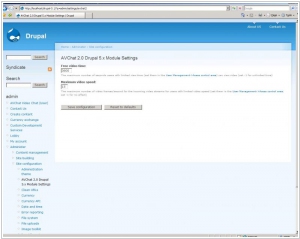
Drupal is a free and open-source content management system (CMS) and content management framework (CMF) written in PHP and distributed under the GNU General Public License. Unlike alternatives it's often used for knowledge management and business collaboration. Because of this plug-in extensibility and modular design, Drupal is sometimes described as a content management framework.
Drupal and Liferay are both powerful and popular content management systems (CMS) used for building websites and web applications, but they have key differences in their focus and target audience.
Drupal is an open-source CMS known for its flexibility and scalability. It offers a wide range of modules and themes that allow users to build highly customized and complex websites. Drupal is popular among developers and advanced users who require extensive customization and have technical expertise. It provides robust content management features, including content creation, organization, and workflow management. Drupal also has a large and active community that contributes to its continuous development and improvement.
Liferay, on the other hand, is an enterprise-grade CMS that focuses on providing a comprehensive digital experience platform. It offers a suite of tools and features for building websites, portals, and collaboration platforms. Liferay is designed for organizations that need to manage complex content and workflows, and it emphasizes features like user authentication, access control, and personalized user experiences. It provides integration capabilities with various enterprise systems and offers a range of pre-built applications and templates for quick deployment.
See also: Top 10 Website CMS systems
Drupal is an open-source CMS known for its flexibility and scalability. It offers a wide range of modules and themes that allow users to build highly customized and complex websites. Drupal is popular among developers and advanced users who require extensive customization and have technical expertise. It provides robust content management features, including content creation, organization, and workflow management. Drupal also has a large and active community that contributes to its continuous development and improvement.
Liferay, on the other hand, is an enterprise-grade CMS that focuses on providing a comprehensive digital experience platform. It offers a suite of tools and features for building websites, portals, and collaboration platforms. Liferay is designed for organizations that need to manage complex content and workflows, and it emphasizes features like user authentication, access control, and personalized user experiences. It provides integration capabilities with various enterprise systems and offers a range of pre-built applications and templates for quick deployment.
See also: Top 10 Website CMS systems
Drupal vs Liferay in our news:
2020. Acquia launches Digital Experience Platform
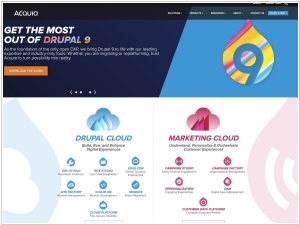
Digital experience company Acquia has announced the launch of its new Acquia Open Digital Experience Platform (DXP). This powerful platform combines Acquia Marketing Cloud and Acquia Drupal Cloud, providing organizations with a unified solution to leverage data and content effectively, enabling the rapid creation of innovative digital experiences. With the Acquia Open DXP, marketers and developers now have access to a single, user-friendly platform for building, personalizing, and orchestrating multi-experience customer journeys across various customer touchpoints, including touchscreens, chat, voice, and more. The platform also offers valuable tools such as Developer Studio, an integrated development environment (IDE), and Site Factory, a robust solution for managing and scaling Drupal 9 sites and applications, making it easier for developers to build Drupal sites. Additionally, the inclusion of CMS Migrate simplifies the transition from older versions of Drupal and legacy CMS to the latest Drupal 9 release.
2016. Liferay launched Digital Experience Platform
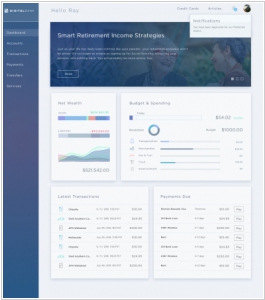
The Open source enterprise CMS provider, Liferay, has introduced its Digital Experience Platform (DXP). This platform is specifically designed to assist companies in creating and managing experiences that facilitate the entire customer relationship. It offers a comprehensive customer view that goes beyond marketing by integrating sales, marketing, support, and service teams. With DXP, companies can develop highly personalized experiences by targeting valuable information, offers, and resources to specific user segments and individuals. It also enables the creation of a unified customer profile that consolidates all interactions and significant data points. Furthermore, DXP provides access to engagement data such as views on video content, click-through rates on targeted materials, community participation, and social metadata.
2016. Liferay launches Digital Experience platform
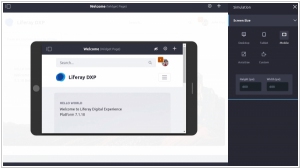
Historically recognized as portal software, Liferay has now ventured into the digital experience market with its latest offering, the DXP (Digital Experience Platform). This strategic shift represents a natural evolution for Liferay rather than a complete departure from its previous trajectory. As stated by Bryan Cheung, the CEO of Liferay, their customers consistently expressed a need for functionalities that went beyond the scope of traditional portal implementations. In response, Liferay would develop or integrate those features, prompting a reevaluation of their position in the market. The Liferay DXP consists of various components, with the portal platform serving as its foundation. The platform includes seamless integrations with numerous backend systems, including CRM, ERP, support, and others. This infrastructure empowers customers to create a wide range of customer experience solutions spanning web experiences, mobile experiences, and even hybrid online/offline experiences throughout the entire customer lifecycle. Please note that while the HTML tags and links were retained, they may not be properly rendered in this plain text format.
2015. Drupal 8 is released
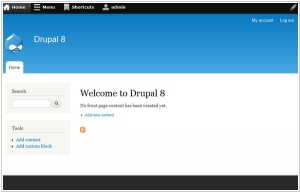
Drupal has finally released the highly anticipated Drupal 8.0 platform, which introduces a range of exciting features and improvements. These include in-context editing and previews, allowing users to see a real-time representation of their content as they edit it. The platform also provides comprehensive content modeling capabilities, incorporating entities, fields, and views right from the start. Users can easily customize content pages, forms, and administrative pages using the intuitive administrative interface. Additionally, Drupal 8.0 offers built-in support for multilingual content and localization, ensuring that websites can be easily translated and adapted to different languages and regions. The platform includes configuration management, enabling seamless deployment of changes between different environments. It adopts a mobile-first approach, ensuring that websites are responsive and optimized for mobile devices, while also delivering HTML5 output. Drupal 8.0 supports native web services, allowing easy integration with other applications and systems through REST. The platform prioritizes accessibility and compliance with WAI-ARIA standards, ensuring an enhanced experience for users with disabilities. It follows modern PHP standards and practices, incorporating popular libraries like Composer, Symfony2, Guzzle, and Twig. Drupal 8.0 focuses on front-end performance, offering improved caching and seamless integration with CDNs and reverse proxies. Furthermore, the platform is fully compatible with PHP7 and supports both PostgreSQL and SQLite databases. Overall, Drupal 8.0 represents a significant advancement in functionality, performance, and flexibility for web developers and content creators.
2015. Liferay partners with Red Hat to provide an open source portal solution
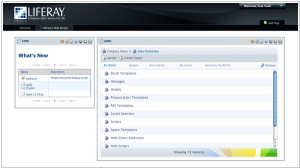
Liferay and Red Hat have joined forces to collaborate on an open-source portal that combines the capabilities of Liferay Portal and Red Hat JBoss Enterprise Application Platform (JBoss EAP). This product specifically targets companies seeking open-source options with enterprise-grade portal solutions. The collaboration also hints at the possibility of integrating with other Red Hat JBoss Middleware products in the future. From a business standpoint, this partnership is intriguing as Red Hat ceased offering new subscriptions to JBoss Portal in February 2015. However, Red Hat will continue to provide support for JBoss Portal until the scheduled end of the current release stream in March 2018. This new venture exemplifies Red Hat's ongoing commitment to the portal market, showcasing their dedication to serving customers in this domain.
2012. Open Text and Liferay create Dropbox clones
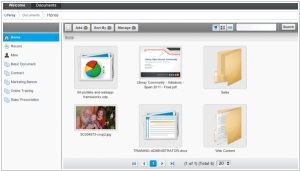
Could you have imagined just a few years ago that esteemed enterprise vendors like Open Text and Liferay, known for developing sophisticated enterprise content management systems (ECM), would emulate a seemingly straightforward consumer service like Dropbox? Surprisingly, it has become a reality. Even within large corporations that heavily rely on ECM, employees are ordinary individuals who desire a seamless working experience. They too seek systems that facilitate their work instead of hindering it, and many of them resort to using Dropbox despite IT administrators prohibiting its usage. As a result, a single solution emerges: to create a similar user-friendly service that abides by the corporate firewall. This very concept underlies the introduction of the new services: Open Text Tempo and Liferay Sync. These services enable file synchronization between desktop folders, web accounts, tablets, and smartphones, facilitating quick file sharing among colleagues while ensuring the files are stored securely on corporate servers. It's that simple.



